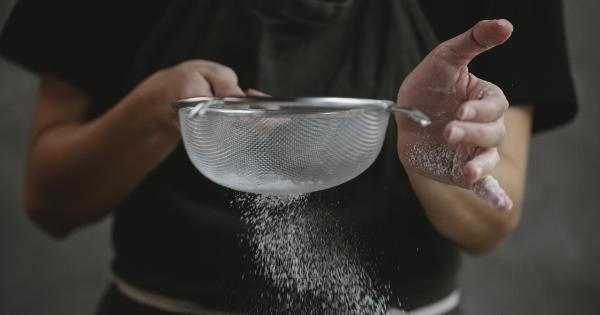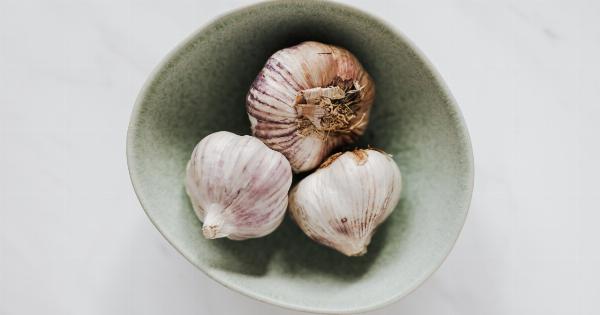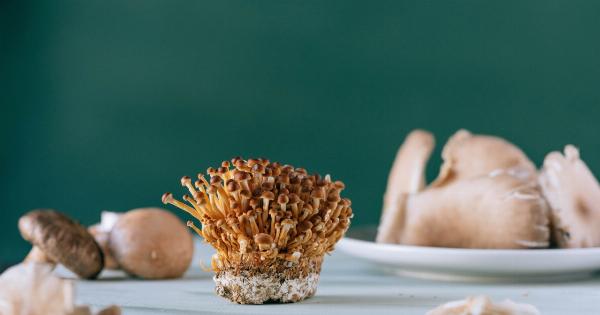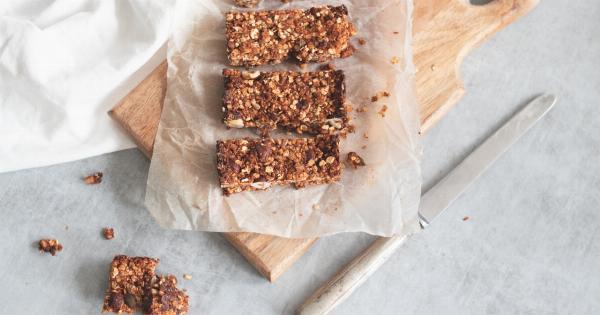Fruits are an essential part of a healthy diet, offering a wide range of vitamins, minerals, and antioxidants. However, the modern production of fruits often involves the use of pesticides to protect them from pests and diseases.
While pesticides are effective in ensuring crop yield and quality, they are not without their drawbacks. Pesticide residues can remain on the surface of fruits, and consuming these residues may have potential health risks. Therefore, it is crucial to learn how to remove pesticides from your fruits to minimize your exposure.
In this article, we will explore several effective methods to help you clean your fruits thoroughly.
1. Wash Your Fruits
The most basic and crucial step to remove pesticides from fruits is to wash them thoroughly. This method can significantly reduce the pesticide residues on the surface of fruits. Follow these steps to wash your fruits properly:.
1. Start by rinsing the fruits under cold running water. Gently rub the surface of the fruit with your hands or a vegetable brush to remove any visible dirt or debris.
Avoid using soap or detergent as they are not designed for consumption and may leave residues on the fruit.
2. Let the fruit sit in a solution of vinegar and water for about 15-20 minutes. For every 1 cup of water, add 1 tablespoon of white vinegar. Vinegar is mildly acidic and can help break down and remove pesticide residues effectively.
After soaking, rinse the fruit again with tap water.
2. Peel Your Fruits
Another effective way to reduce your exposure to pesticide residues is by peeling your fruits. However, keep in mind that many fruits’ beneficial nutrients reside in their skin, so peeling should be done selectively.
For fruits like apples, peaches, or pears, it is recommended to peel them to minimize pesticide intake.
3. Use Baking Soda
Baking soda is an excellent natural cleaner and can help remove pesticide residues from fruits effectively. Follow these steps to use baking soda to clean your fruits:.
1. In a large bowl or sink, add 1-2 teaspoons of baking soda.
2. Fill the container with water and mix well until the baking soda dissolves completely.
3. Place your fruits in the solution and leave them to soak for 15-20 minutes.
4. After soaking, rinse the fruits thoroughly with clean water.
4. Try Saltwater Solution
Saltwater solution can also be used to remove pesticide residues from fruits. Here’s what you need to do:.
1. Dissolve 1 teaspoon of salt in 4 cups of warm water.
2. Place the fruits in the solution and let them soak for approximately 15-20 minutes.
3. Rinse the fruits with tap water to remove any remaining salt residue.
5. Buy Organic Fruits
One surefire way to minimize pesticide exposure from fruits is to purchase organic ones. Organic farming practices strictly restrict the use of synthetic pesticides.
While organic fruits are not entirely pesticide-free, they have significantly lower pesticide residues compared to conventionally grown ones. Look for the “USDA Organic” label to ensure you are buying authentic organic produce.
6. Grow Your Own Fruits
If you have the space and time, consider growing your own fruits. This allows you to have full control over the cultivation process and ensures that no pesticides are used.
You can cultivate fruits in your backyard or even on your balcony with the help of container gardening. It’s a rewarding and sustainable way to enjoy pesticide-free fruits.
7. Be Mindful of Source and Storage
When purchasing fruits, try to buy them from trusted sources such as certified farmers’ markets or organic food stores. Additionally, pay attention to how you store your fruits.
Proper storage can help minimize degradation and further exposure to pesticides. Keep your fruits in a cool, dry place, and avoid overcrowding them to prevent bruising and spoilage.
8. Rinse with Hydrogen Peroxide
Hydrogen peroxide is an effective disinfectant and can be used to remove pesticide residues from fruits. It is essential to use food-grade hydrogen peroxide and follow these steps:.
1. In a sink or large bowl, mix 1 part 3% hydrogen peroxide with 10 parts water.
2. Place the fruits in the solution and let them soak for 20-30 minutes.
3. Rinse the fruits with clean water and pat them dry before consuming.
9. Opt for High-Pressure Washing
For large-scale production, high-pressure washing is often utilized to remove pesticides from fruits. While this method may not be feasible for home use, you can opt for a thorough rinse using a high-pressure nozzle attachment for your kitchen tap.
The increased water pressure can help dislodge and remove pesticide residues more effectively.
10. Support Integrated Pest Management (IPM)
As consumers, we have the power to support sustainable and environmentally friendly farming practices. Integrated Pest Management (IPM) is an approach that combines different pest control strategies to minimize the use of synthetic pesticides.
By choosing fruits from farms that employ IPM practices, you can contribute to reducing overall pesticide usage and promoting a healthier farming system.
Conclusion
While pesticide residues on fruits may raise concerns, it is important to note that the health benefits of consuming fruits far outweigh the risks associated with pesticide residues.
By following the methods mentioned above, you can take steps to reduce pesticide exposure and enjoy clean, healthy fruits. Remember, thorough washing and utilizing natural cleaning agents like baking soda, vinegar, or saltwater can make a significant difference in removing pesticide residues.
Consider buying organic or growing your own fruits for added assurance of pesticide-free produce. By making informed choices and supporting sustainable farming practices, we can prioritize our well-being while enjoying the countless benefits of fresh and nutritious fruits.































